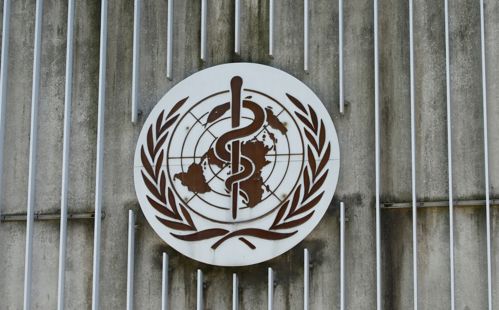
LONDON, Oct 25 (Reuters) - The World Health Organization has drawn up the first ever list of fungal pathogens posing the greatest threat to human health, warning that some strains are increasingly drug-resistant and becoming more widespread.
The U.N. body, which has similar lists for viruses and bacteria, said fungal infections and their increasing resistance to treatment were a growing risk. However, a historic lack of focus on the danger meant there were huge gaps in knowledge, as well as a lack of surveillance, treatments and diagnostics.
It was hard even to estimate the scale of the threat because of the lack of data, WHO said, calling for a major effort from governments and researchers to strengthen the response to the 19 fungi on the list.
"Emerging from the shadows of the bacterial antimicrobial resistance pandemic, fungal infections are growing, and are ever more resistant to treatments, becoming a public health concern worldwide," said Dr Hanan Balkhy, WHO Assistant Director-General for antimicrobial resistance.
Fungal infections often strike people who are already severely ill, like cancer or tuberculosis patients, and rates jumped among hospitalized COVID-19 patients during the pandemic.
Only four types of treatments exist, with very few new options in the development pipeline. Climate change also means that the incidence and geographic range of the pathogens is expanding, WHO said, while resistance is in part being driven by the over-use of antifungals in agriculture.
The list divides the pathogens into three categories based on their potential impact and data on their resistance risk: critical, high and medium priority.
The critical group includes Candida auris, which is highly drug resistant and has caused a number of outbreaks in hospitals worldwide, as well as Cryptococcus neoformans, Aspergillus fumigatus, and Candida albicans.
The high group includes a number of other fungi from the Candida family as well as others such as Mucorales, a group containing the fungi that causes mucormycosis or "black fungus", an infection which rose rapidly in seriously ill people - particularly in India - during COVID-19.
The medium group lists a number of other fungi, including Coccidioides spp and Cryptococcus gattii.
Source: Reuters




